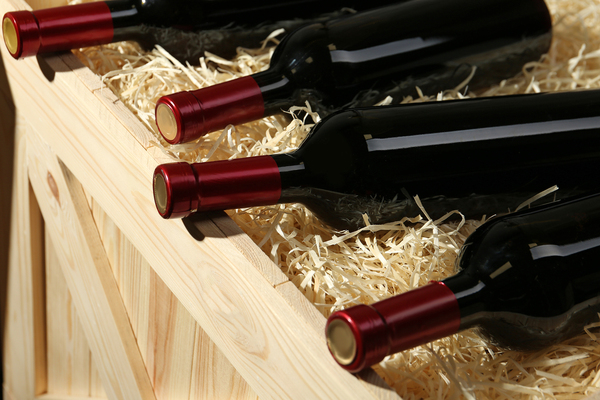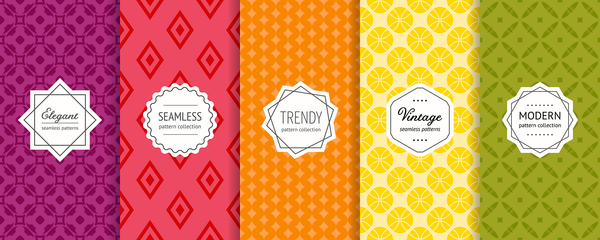
Consumer demand, market shifts, and product innovation, all change packaging design. However, one area where you might not expect many changes would be in wine packaging. While the flavors and subtlety of the beverage may change over time, the shape of the bottle and how it’s packaged has not. That is, until now. What packaging design innovations are we seeing in the wine industry in the coming years?
Wine Packaging Design
From wine coolers to wine boxes, packaging design in the fermented beverages industry is undergoing an overhaul driven by increases in domestic wine consumption. Packaging Digest says the forecast for wine packaging hit $2.9 billion last year, with a 4.4% increase predicted this year.
US wine has become a mealtime staple both at home and in restaurants, and the millennial generation, with more disposable income, is driving an increase in beverage sales. This, in turn, is fostering some changes in packaging designs.
While glass is still the primary packaging medium, alternatives are now cropping up from plastic bottles, aseptic cartons, and bag-in-box, to pouches and cans. Packaging Digest says it’s the newest round of wine drinkers, the millennials, are less committed to the glass bottle and more willing to try alternative packaging designs.

A Medium article reports on some of the latest packaging innovation to hit the wine market:
- QR codes that let consumers scan for expiration data and manufacturer details;
- Double insulation within the wine bottle that keeps the wine cooler. This has diminished the need for refrigeration of the open bottle;
- Flatter recyclable bottle designs and more flexible packaging that is revolutionizing wine packaging boxes;
- Digitized printing that allows for more customization and personalization; and
- Environmentally-friendly packaging.
Packaging Digest also reports on single-serve shatterproof wine containers. These should increase wine sales in environments where only beer would do; ballparks, concerts, theme parks, and stadiums will likely see an influx of sales of these products, which will also be recyclable.
In addition to single-serve wine in cans, Bridge Lane now offers beer-inspired kegs that hold 130 glasses of the grape and are entirely recyclable. The Drop Wine now has resealable cans with a sliding snap clip.
There are also innovations to the label and outside packaging design of wine brands. From geometric black and white and retro to bold brassy and colorful, watch for new eye-catching packaging designs in the New Year, including canned wine with zombies on the packaging, which gives a whole new meaning to term “fermented.”
TrendHunter discusses how innovative new ideas for branding include Upshot’s 360-degree calendar label that tells the story of the brand’s unique and compelling product process. We know how important storytelling is to brand building; the Digital Marketing Institute says it is crucial to capturing consumers wary of a sales pitch. Upshot is capitalizing on these new marketing trends by sharing how the grapes are harvested, fermented, aged, and bottled as part of the product packaging for their wines.
PKG Brand Design is always on the forefront of new CPG branding and packaging initiatives; please subscribe to our blog for the latest package design industry news!







